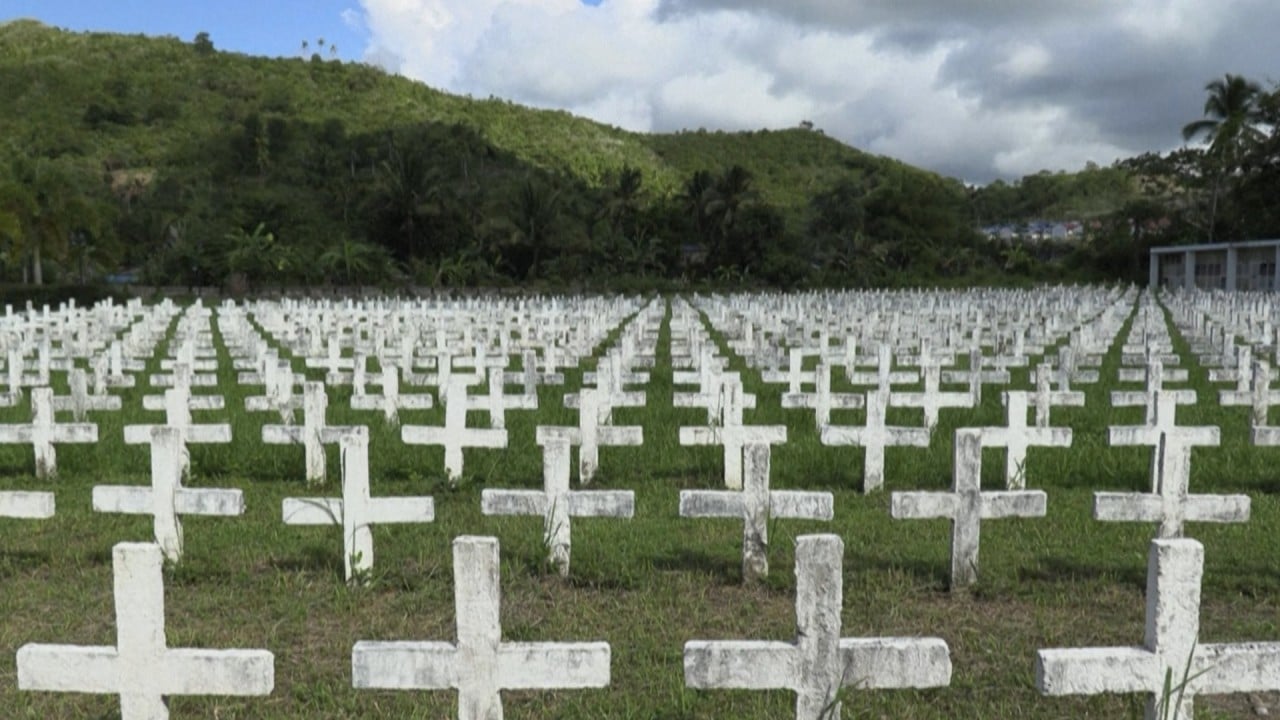The move will help improve market turnover and bolster the taxes the government collects from stamp duty on the trading of shares, according to stockbrokers.
“The consultation on the Severe Weather Trading proposal concluded earlier this year, and we are pleased to have received broad support for its implementation, which will further enhance Hong Kong’s competitiveness as an international financial centre,” HKEX said in a statement after the Post asked about the timeline on Friday.
“We are actively working with the [government], the SFC, and the HKMA to finalise the model and target to publish the consultation conclusions by midyear.”
The plan comes as Hong Kong braces for five to eight typhoons to come within 500km (311 miles) this year, according to a projection in March by Hong Kong Observatory director Chan Pak-wai.
While some small brokers are worried about the change, the majority of market participants showed their support in response to a two-month consultation that ended on January 26, according to the source.
“It is important for Hong Kong to catch up with international and mainland practices,” said lawmaker Robert Lee Wai-wang, the CEO of brokerage Grand Capital Holdings.
“As stock and derivatives trading has turned digital, many overseas and mainland markets continue to trade even amid bad weather.
“It is no good when international or mainland investors can not trade in Hong Kong amid typhoons or black rain.”
Hong Kong scrapped its physical trading hall in 2017 as trading turned entirely electronic.
One major concern is that the city’s bank branches are also typically closed for severe weather events, potentially delaying cheque processing and settlement deadlines, Lee said.
“But then, many brokers and investors can use digital banking nowadays,” he added. “The three-year Covid-19 pandemic saw many traders work at home without causing any major interruptions to the broader market.”
The plan to open the market during severe weather was first mooted by Nicolas Aguzin soon after he took over as CEO in May 2021. Financial Secretary Paul Chan Mo-po has also lent his support to the proposed change.
The city’s stock markets began to close in the 1950s when the Typhoon signal No. 3 was raised, which meant wind speeds of 41 to 62 kilometres per hour, according to former stockbroker Cheung Tin-sang, who entered the industry in 1958 and worked as a broker for more than 60 years before retirement.
The threshold for closure was raised to Typhoon Signal No. 8 – storms with a sustained wind speed of 63kph to 117kph – in the 1960s, Cheung said.
The market also closes when black rainstorm signals are hoisted. This signal indicates rainfall exceeding 70 millimetres in an hour, according to the observatory.
Keeping trading active could aid HKEX’s bottom line. The average daily turnover of stocks in 2023 fell 16 per cent year on year to HK$105 billion (US$13.5 billion), partly because of the frequent closures.
Higher turnover could mitigate an expected drop in tax revenues from the stamp duties on stock transactions. In November, the government cut the duty payable by buyers and sellers to 0.1 per cent from 0.13 per cent, a decision that could shave HK$14.1 billion per year off the city’s coffers.


